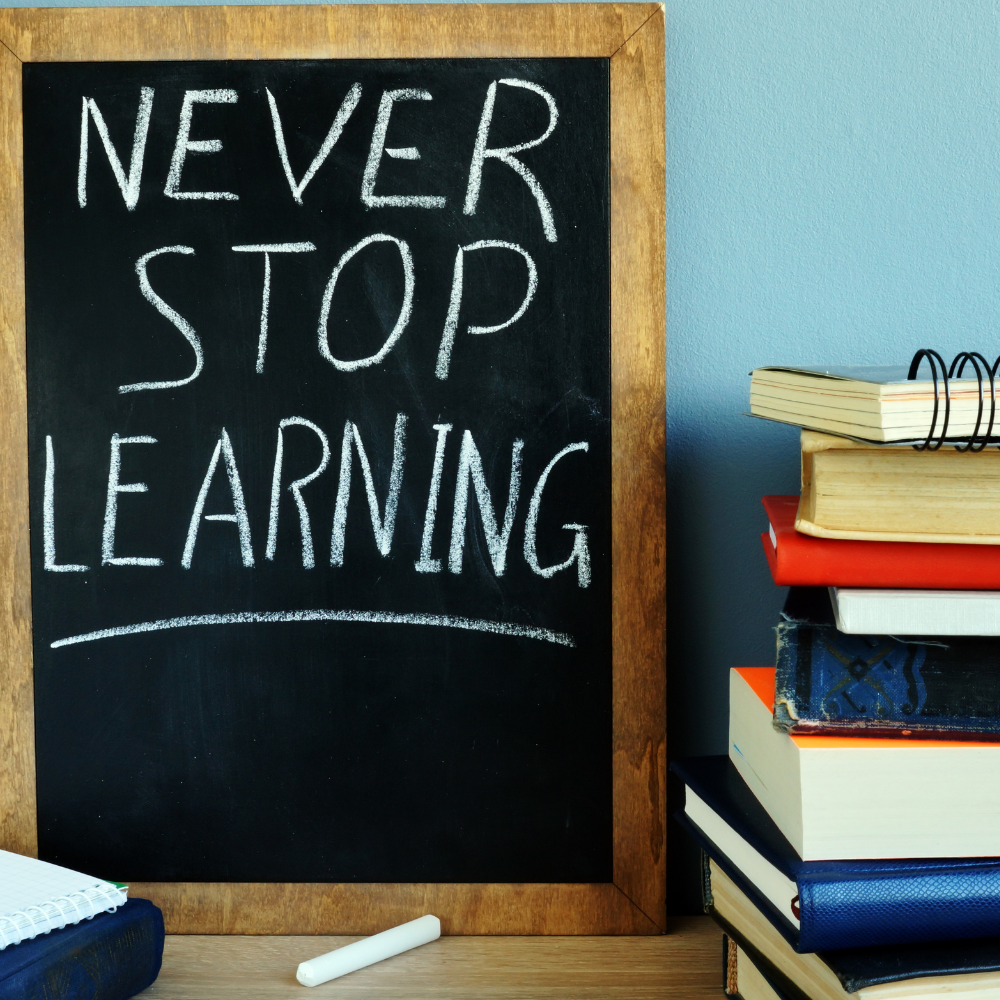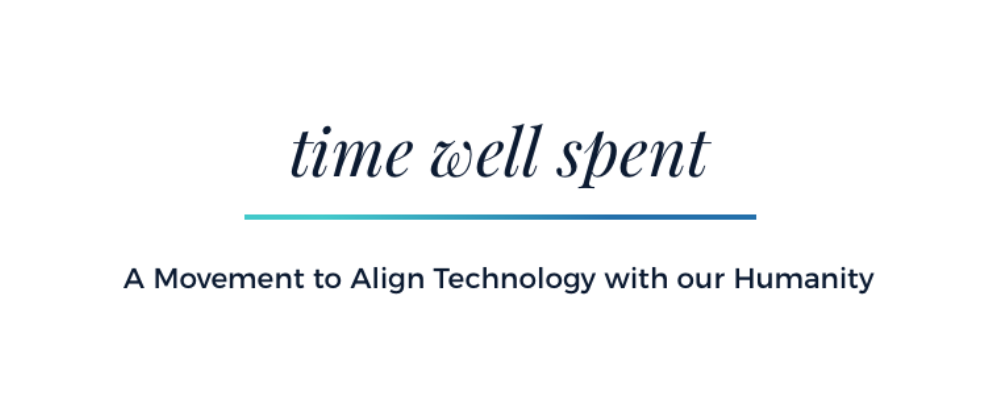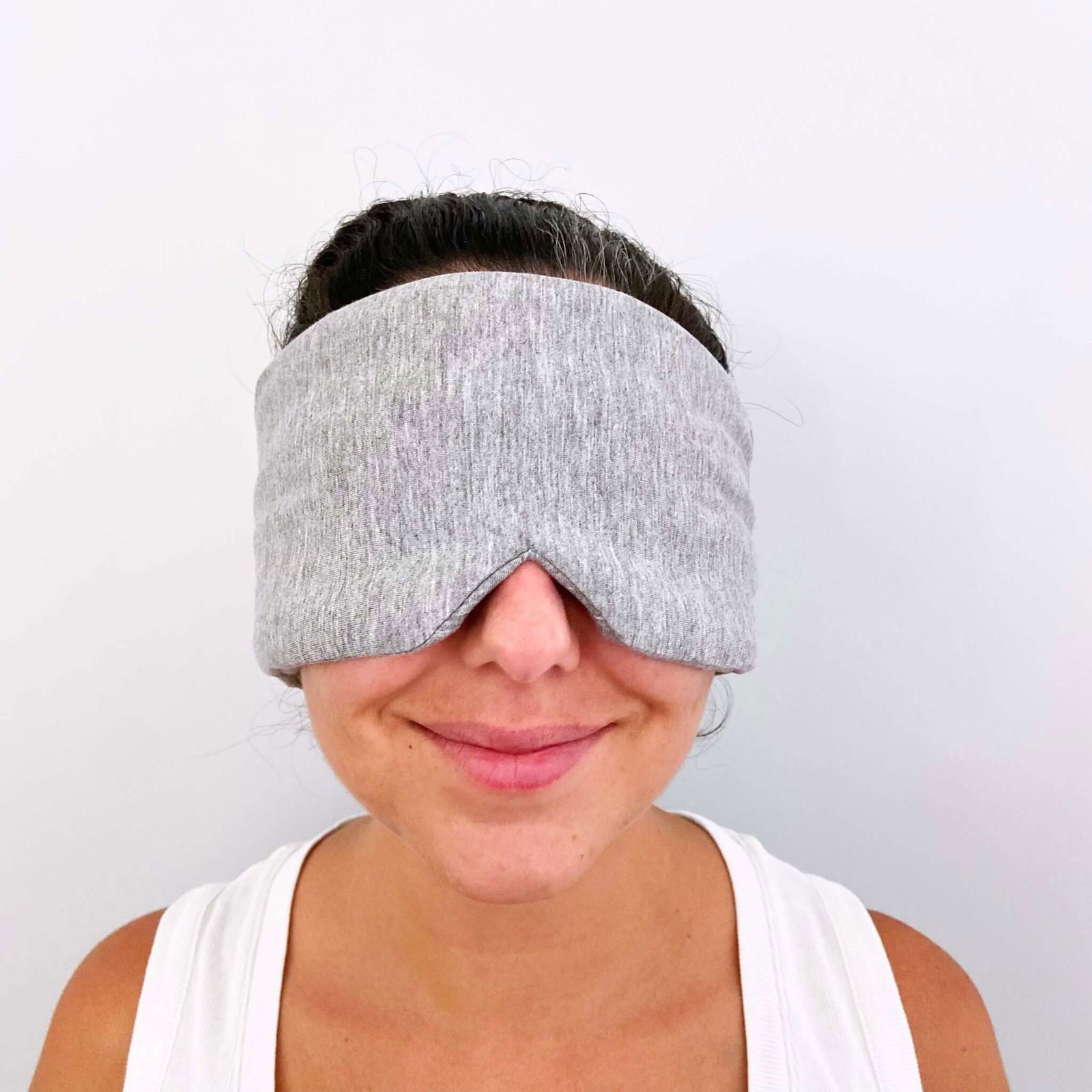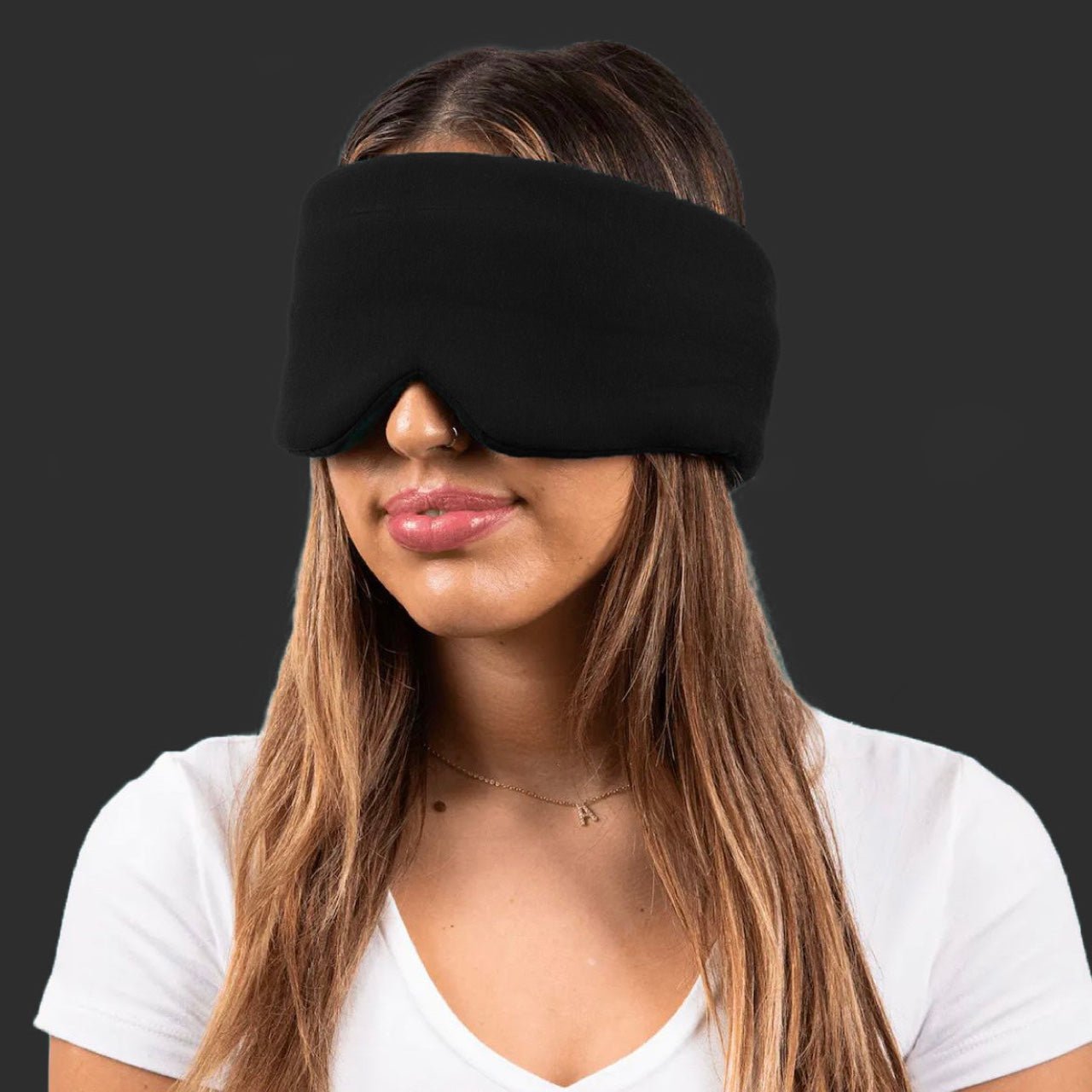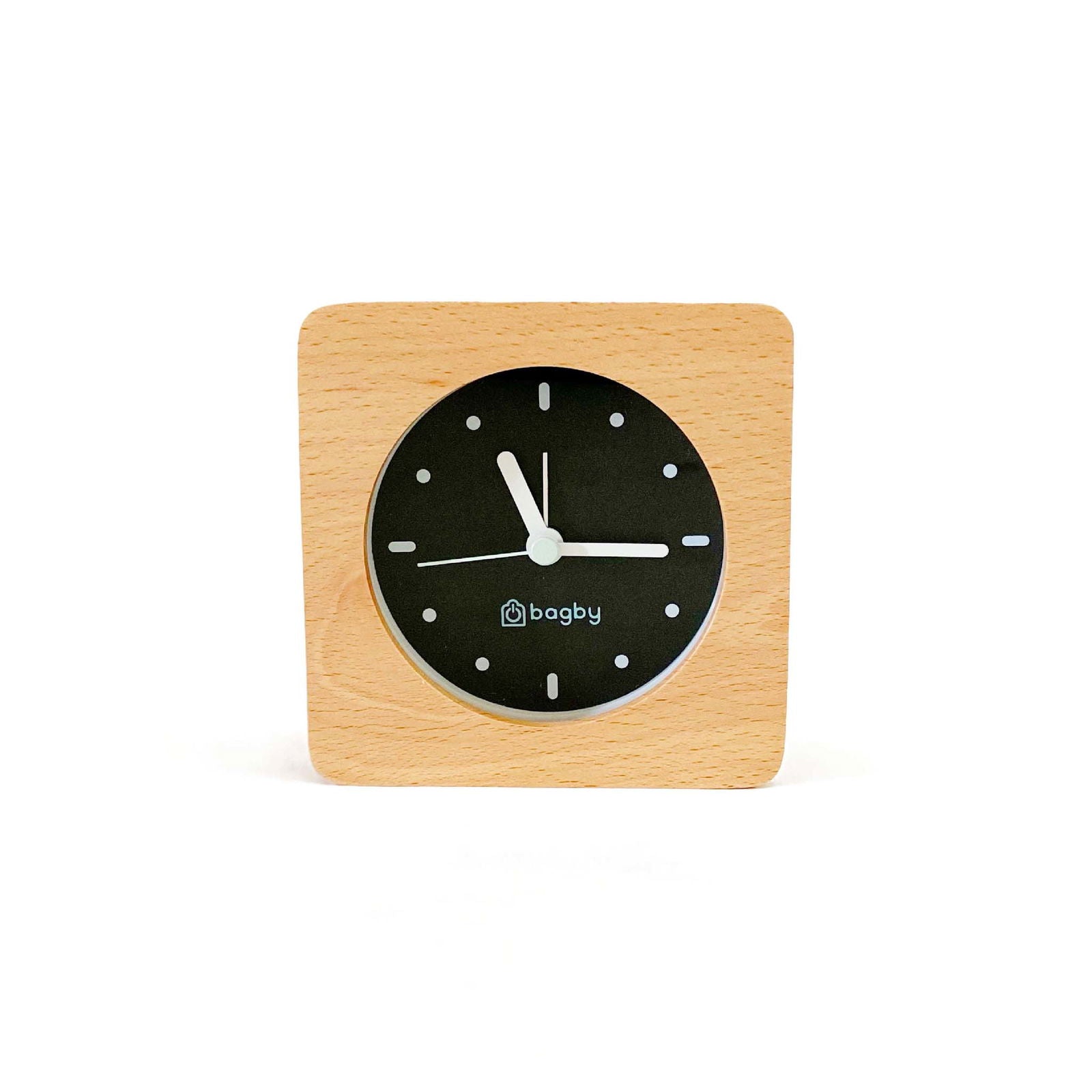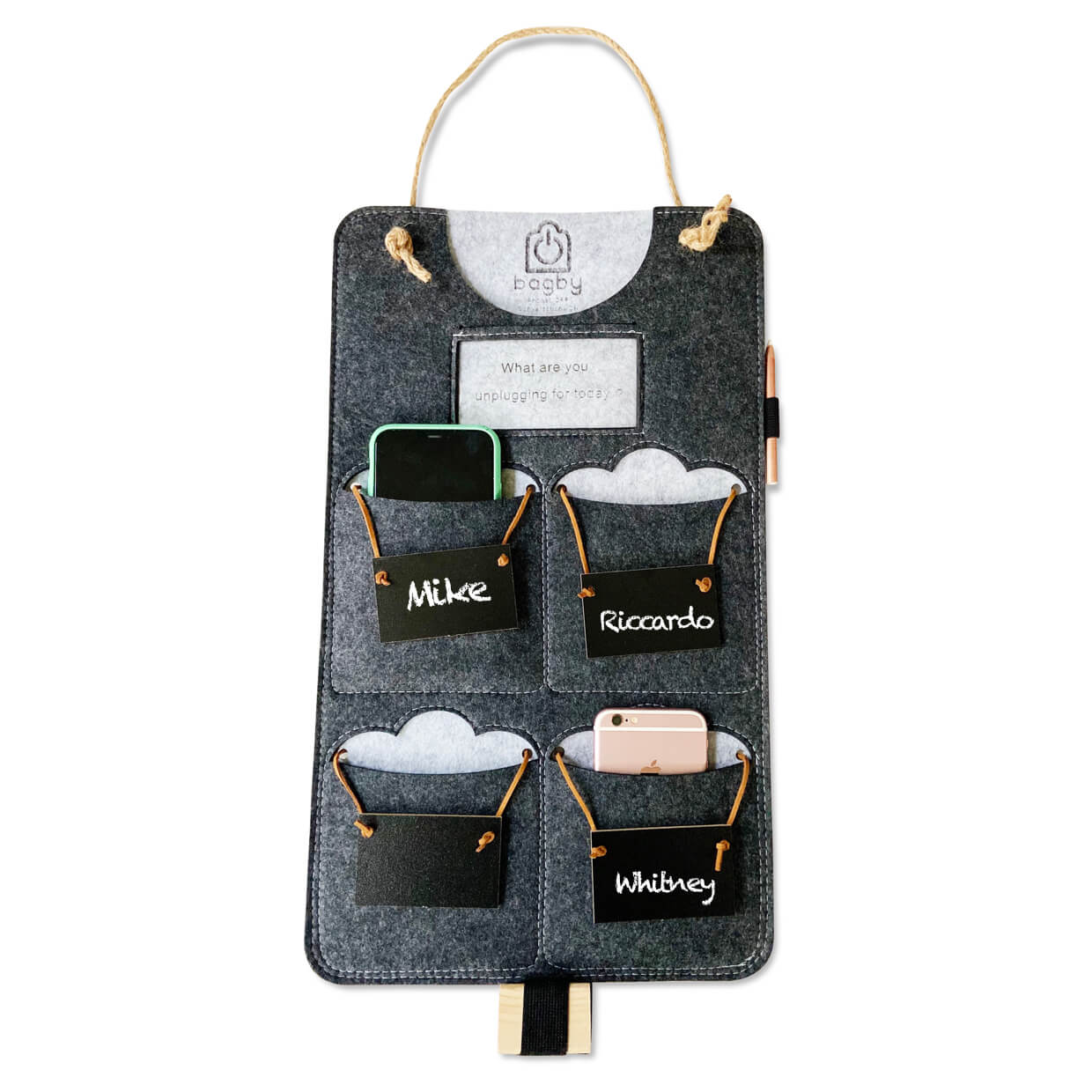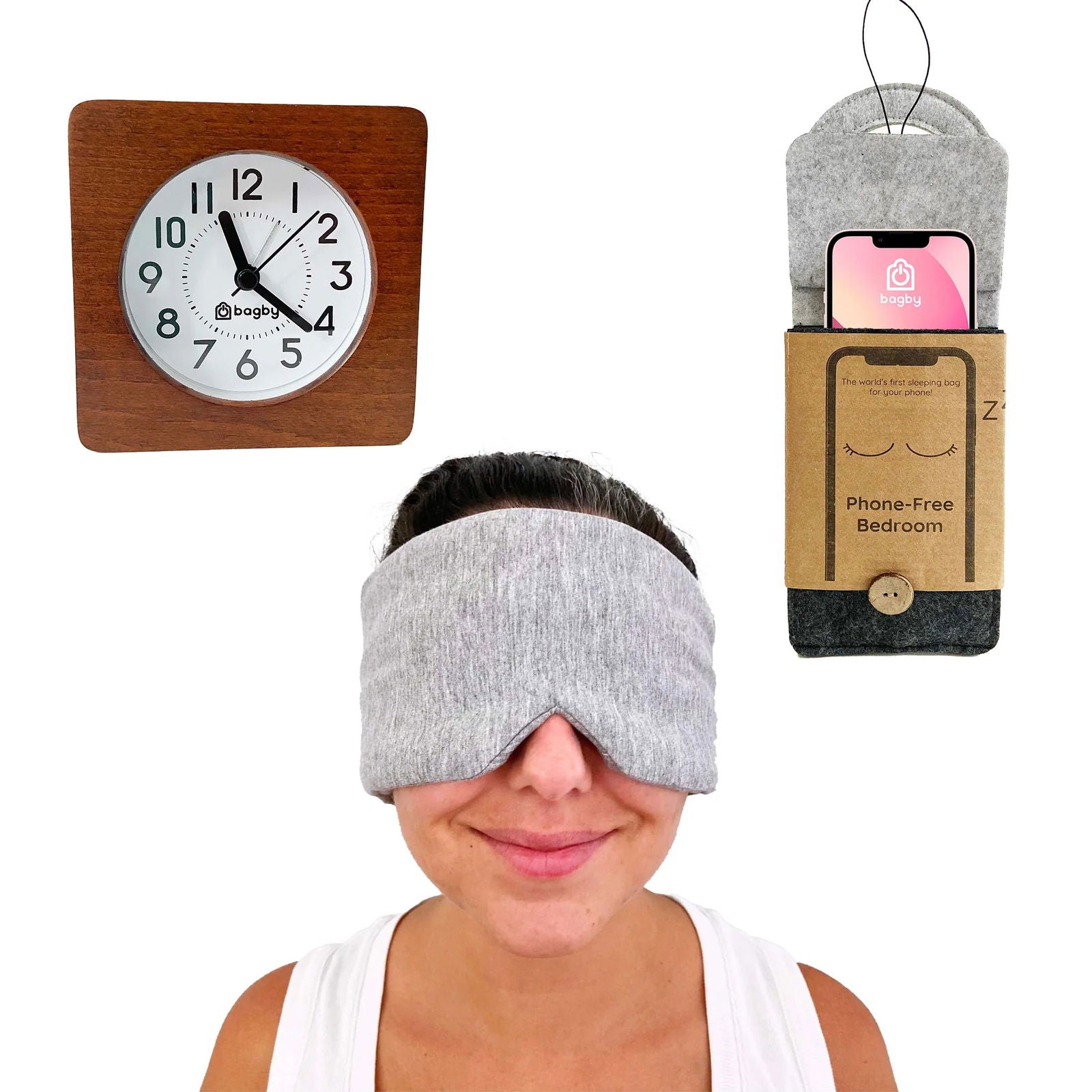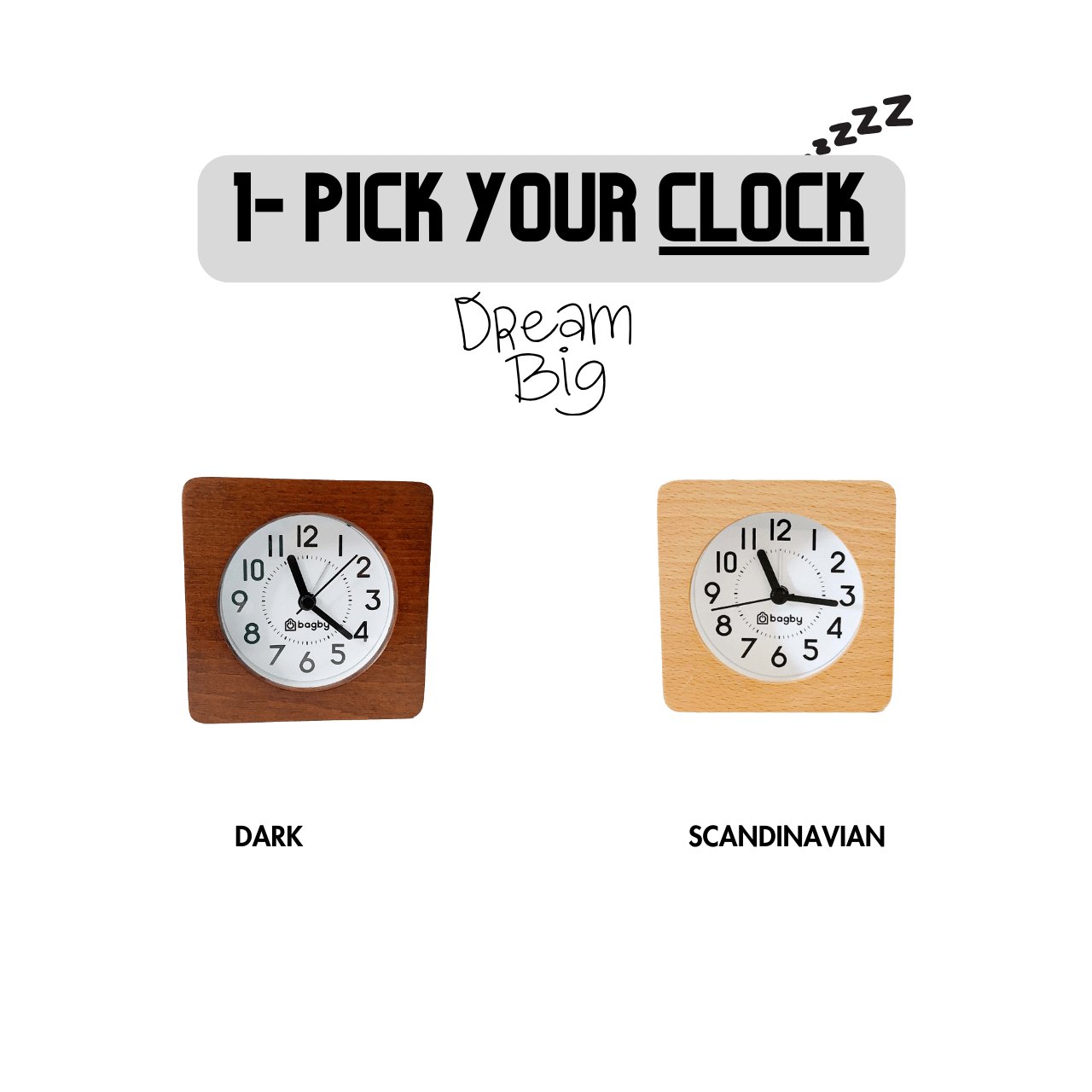In the hustle and bustle of our modern lives, the concept of mindfulness holds a certain pull. The promise of reduced stress, heightened focus, and a deeper connection to the present has drawn almost all of us toward the realm of meditation at some point.
However, traditional meditation isn’t something that everyone can endure. Can you imagine sitting in a quiet corner for 20, 30, or 60 minutes with nothing but your thoughts? If the answer is a resounding no, you're not the only one.
Millions of people try meditation every year, and only a small percentage of those actually continue the practice.
But hey, don’t lose hope just yet. Even if you can’t handle meditation, you can still train your brain to be more mindful. And I’ll tell you how in this post.
So, let’s begin.
The Restless Mind: Modern Challenges to Meditation
"Speed is a symbol of progress, but it often masks the value of silence."
– Unknown
Our gadgets have become a significant part of our lives. They help us work, socialize, do miscellaneous tasks, and even provide us with entertainment. So, naturally, they consume the majority of our waking hours, including our free time.
And though at first glance it may seem like we’ve moved in the right direction by developing such capable tech, experts say it’s hurting us. How?

From insomnia and restlessness to anxiety and FOMO-induced depression, modern technology is causing a ton of problems. Among these issues, information overload stands out as a significant concern.
Information overload happens when the volume of information we consume surpasses the brain’s processing capacity. And that’s what modern gadgets do to our brains. They expose us to overwhelming amounts of information, which results in our brains being restless and overworking to process the information received.
You can learn more about this in my post, “Technology & Information Overload: How Digital Overstimulation from Your Gadgets Harms Your Well-being.”
Experts say that technology-induced information overload causes a range of problems, including restlessness, sleep disorders, digital dementia, and poor attention span. And some of these symptoms don’t pair well with meditation.
Expectation Pressures
Since childhood, we’ve been taught to strive for perfection. Though often unknowingly, we aim for it in every aspect of our lives. Now, this feeling of trying to be perfect sometimes gets in the way of our meditation sessions.
We know that meditation means focusing on one single thing, like our breath, and not letting our thoughts wander around. And when we end up thinking about a thousand different things (which is completely normal, by the way), we feel like we failed meditation.
We succumb to the pressure of our expectations. And sometimes, we can’t snap out of it.
Now, I won’t try to force you to think differently - only you can convince yourself that there’s no right or perfect way to do meditation. Just try to remember that it’s literally impossible to fail at meditating, even though we might feel otherwise.
Some Just Really Hate Meditation
Let’s face it: Meditation isn’t everyone’s cup of tea. The sitting, focusing, trying, failing – sometimes meditation drives people away faster than it can capture their attention.

So, if you have been in this situation, here are some ways you can explore mindfulness beyond traditional meditation techniques.
Warning: Please don’t perform the below-mentioned techniques while driving, operating heavy machinery, or doing anything that requires your intense focus.
Mindful Observation
Mindful observation is one of the most powerful and effective ways of achieving mindfulness. Doing this is super simple. And you don’t even have to be in a special place to perform it.
Let’s understand mindful observation with an example.
Imagine you’re in the kitchen doing your dishes – a relatively simple task. Usually, we do them without thinking and quickly forget them. But next time you do the washing up, try to observe everything around the act mindfully.
- Before you begin, start by taking a deep breath and exhaling slowly through your mouth. Bring your mind in front of your washbasin.
- Now, take note of how your body feels as you stand there.
- Start setting up for the task.
- Notice the plates clinking and the smell of dishwashing liquid.
- As you begin doing the dishes, feel the warm water streaming across your hands.
- Pick up a utensil, examine its form, and take note of its size.
- Begin scrubbing, smell the soap, and watch the bubbles foam.
- Bring your attention back to the warmth of the water whenever you sense your mind wandering.
If you make this a habit, soon you’ll start to notice how the mindfulness you cultivate here positively influences other facets of your life.
Mindful Body Scan
Mindful body scanning is a time-tested mindfulness technique where you systematically direct your attention to different parts of your body. Experts say that this practice helps to increase self-awareness, reduce stress levels, and promote relaxation.

Here’s how to perform a mindful body scan:
Get cozy and comfortable: Lie down or sit in a position that allows you to stretch your hands and legs easily.
Focus: Close your eyes and begin focusing on your breath. As you inhale, notice your breath filling your lungs and leaving them as you exhale.
Head to Toe: Now, start focusing on the top of your head. Stay there for a while. Now, shift your focus to your left hand. Then, your right hand. Now, your left foot. And finally, your right.
You can begin and end anywhere you like, and incorporate as many body parts as you choose. Just be sure to keep doing deep inhales and exhales.
Start being aware: After you finish wandering through your body, open your awareness to sensations of tension, pain, discomfort, or anything out of the ordinary. If you need to adjust, do it.
Go slow: Spend anywhere from 20 seconds to 1 minute observing these sensations.
Accept: All of these can bring different emotions. Accept them without any criticism. If you feel frustrated or angry, don’t judge yourself for them. Just notice these emotions and let them pass.
Move along: Continue this exercise along your body in a way and for the duration that makes the most sense to you.
Yoga and Tai Chi
Like mindful observation, yoga and tai chi are task-based practices that help you develop a mindful brain.
Fun fact: Did you know that the first written reference to tai chi was found over 3000 years ago in the I Ching (more commonly known as the Book of Changes), written between 1000–750 BC? Yoga is believed to be even older, estimated at around 5000 years old.

These ancient practices don’t require you to be in any special setting or possess special equipment. They’re available to anyone seeking a more active form of mindfulness.
Both yoga and tai chi can help to improve your mindfulness by:
- Helping you bring back your attention to the present moment
- Increasing your awareness of your body and mind
- Reducing stress and anxiety
- Promoting relaxation and well-being
There are many different styles of yoga and tai chi. Choose a practice that feels right to you. There are many free yoga and tai chi tutorials online, including on YouTube – so start searching.
Mindful Tech Consumption
Modern-day tech usage incorporates lots of mindless swiping, scrolling, tapping, and viewing. This is particularly noticeable when using platforms like Instagram Reels, YouTube Shorts, and TikTok.
While these platforms offer a plethora of engaging content, they can also disconnect you from the real world.
I’m not asking you to let go of using tech for entertainment. I’m just saying, make your tech time a more mindful and intentional experience. And here’s how you can do that.
To begin with, set clear boundaries for your tech use. You can designate specific times for watching videos and using social media. Nowadays, social media apps, too, come with an array of features that let you track your screen time. Consider using them so the app itself can notify you when you’ve exceeded your time limit.
Read my post, “Screen Time Limits for Adults: How Limiting Your Screen Time Helps You Physically & Mentally,” for more information.
Following that, I want you to start choosing quality over quantity when it comes to content. This means instead of consuming a never-ending stream of content, you should be in control of what you watch. Follow channels and accounts that add value to your life.
Finally, whenever possible, engage actively with the content you encounter. This includes leaving thoughtful comments, having meaningful conversations with fellow viewers, and sharing your own insights. This transforms your digital interactions from passive consumption to active participation.
Once you’re done, shut your device and participate in real life.
Mindfulness Apps and Tech Tools for Mindfulness
"Information technology (IT) and the internet are rapidly transforming almost every aspect of our lives - some for better, some for worse."
—John Landgraf, TV Producer
Now it’s your turn to choose the kind of impact IT and the internet has on your life.
There are a plethora of apps and tools that you can find on the internet that can rapidly advance your mindfulness journey. Some examples of these apps are:
Final Thoughts
In a world where serenity and mindfulness can often feel like distant dreams, remember: the path to inner calm is as diverse as the individuals who seek it.
Whether you find solace in silent meditation or embrace the art of mindful observation, the destination is the same — a more peaceful, balanced existence.
So, choose your mindful adventure and embark on the journey that suits you best. The present moment awaits, and it’s yours to embrace.



